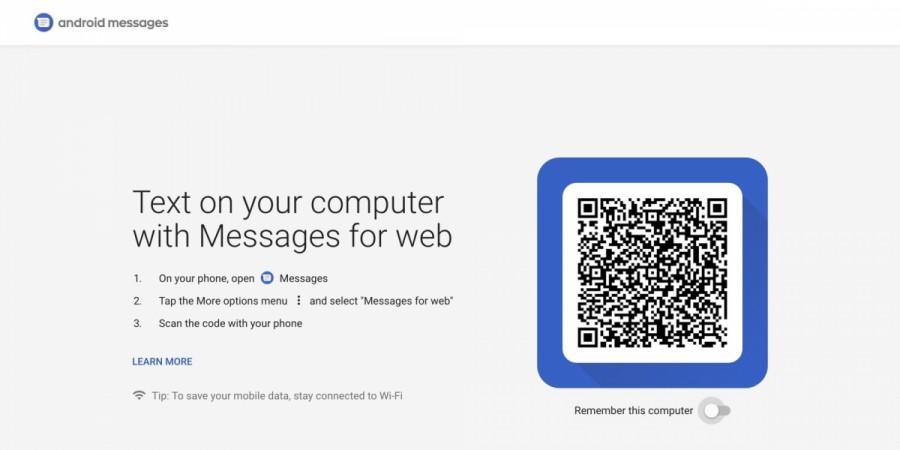
Internet search giant Google has launched Android Messages to enable Android device users to send and receive text messages from any desktop computers.
Like Google Allo and any other messaging apps that expanded their service to the web, users can visit the Android Messages website to connect the mobile app. The web client will generate a unique QR code which should be scanned by the mobile app in order to work.
Android Messages uses a protocol based on RCS (Rich Communication Services) to make text messages far better than traditional SMS. Not only will it allow users to send and receive texts, the service has a built-in GIF searching tool, previews for links, and smart replies.
On top of those is the ability to automatically copy and paste one-time passwords or pins right from a notification message, a nifty feature for those who are using two-factor authentication via text.
Android Messages works with Google Chrome, Microsoft Edge, Safari, and Mozilla Firefox.
Excellent news: Android Messages on the web is NOT Chrome only. It's running fine in Safari (though only works in one tab at a time). Good on ya, Googs. https://t.co/m2ZA7HOl8B pic.twitter.com/8JfaPEoVcK
— Dieter Bohn (@backlon) June 19, 2018
To enable this functionality, here's the right way to do it:
- Visit https://messages.android.com/ on a desktop's web browser.
- Open Messages on your Android phone.
- Tap the More options menu.
- Choose "Messages for web."
- Scan the code with your phone.
Google has warned all users to be wary of their mobile data usage. It is highly recommended to use Wi-Fi when using the service.
The company has added that the QR scanner might not be live across the board as the rollout comes in stages. Thus, other users will have to wait until this component is ready to be used.

















